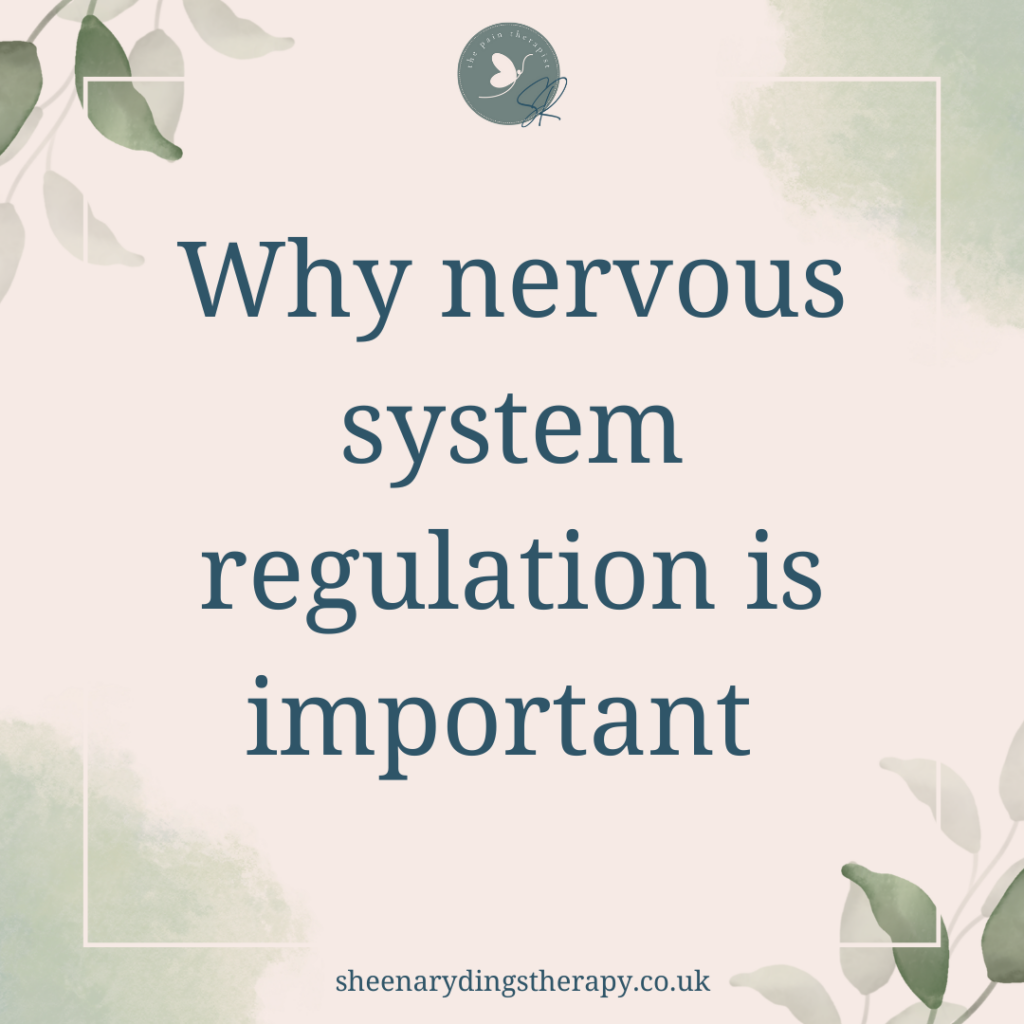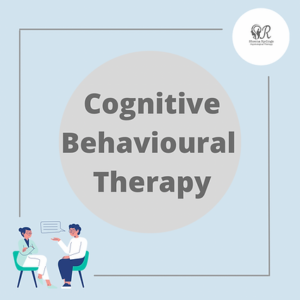Regulating the Nervous System: A Key to Managing Chronic Pain
For chronic pain patients, the experience of persistent discomfort is not just a physical challenge but a complex interplay between the body and mind. You will probably already understand the power of reframing thoughts and emotions. However, incorporating nervous system regulation into your practice can unlock profound relief.
Why the Nervous System Matters
The nervous system plays a central role in how we experience pain. In chronic pain conditions, the nervous system often becomes dysregulated, stuck in a hyperactive state that perpetuates pain signals. This heightened state, commonly known as “fight, flight, or freeze”, can amplify physical symptoms and create a vicious cycle of pain and stress.
By helping yourself regulate your nervous systems, we can:
- Reduce the perception of pain.
- Improve emotional resilience.
- Enhance overall well-being.
Key Techniques for Nervous System Regulation
Integrating these techniques can provide you with tools to calm your nervous systems and create a more balanced state.
1. Breathwork for Calm
Deep, intentional breathing is a simple yet powerful way to downregulate the nervous system. Try practices like diaphragmatic breathing or the 4-7-8 technique:
- Inhale for 4 counts.
- Hold the breath for 7 counts.
- Exhale slowly for 8 counts. This type of breathing activates the parasympathetic nervous system, signaling safety to the body.
2. Somatic Awareness
I always encourage clients to reconnect with their bodies through somatic practices. Body scans or progressive muscle relaxation help them notice areas of tension and gently release it, fostering a sense of physical and emotional grounding.
3. Grounding Techniques
Grounding exercises help bring you into the present moment, pulling you out of pain-related rumination. Techniques such as the 5-4-3-2-1 method (identifying five things you see, four things you feel, three things you hear, two things you smell, and one thing you taste) are particularly effective.
4. Gentle Movement
Chronic pain often leads to fear of movement. Introducing gentle activities like yoga, tai chi, or stretching can help you reconnect with your body in a safe and supportive way. Movement also reduces tension and releases endorphins, the body’s natural painkillers.
5. Psychoeducation About Pain
It’s important to understand the role of the nervous system in pain amplification. When you learn that your heightened sensitivity is a protective mechanism gone awry, it can reduce fear and catastrophising—key contributors to chronic pain.
As a CBT therapist, incorporating nervous system regulation into my sessions has been beneficial as it enhance your ability to manage chronic pain. By empowering them with tools to calm their bodies and minds, you help break the cycle of pain and stress, paving the way for meaningful healing.
I would encourage you to be patient and compassionate with yourself as you explore these techniques. Healing the nervous system takes time, but the results—less pain, more resilience, and greater peace—are well worth the journey.




